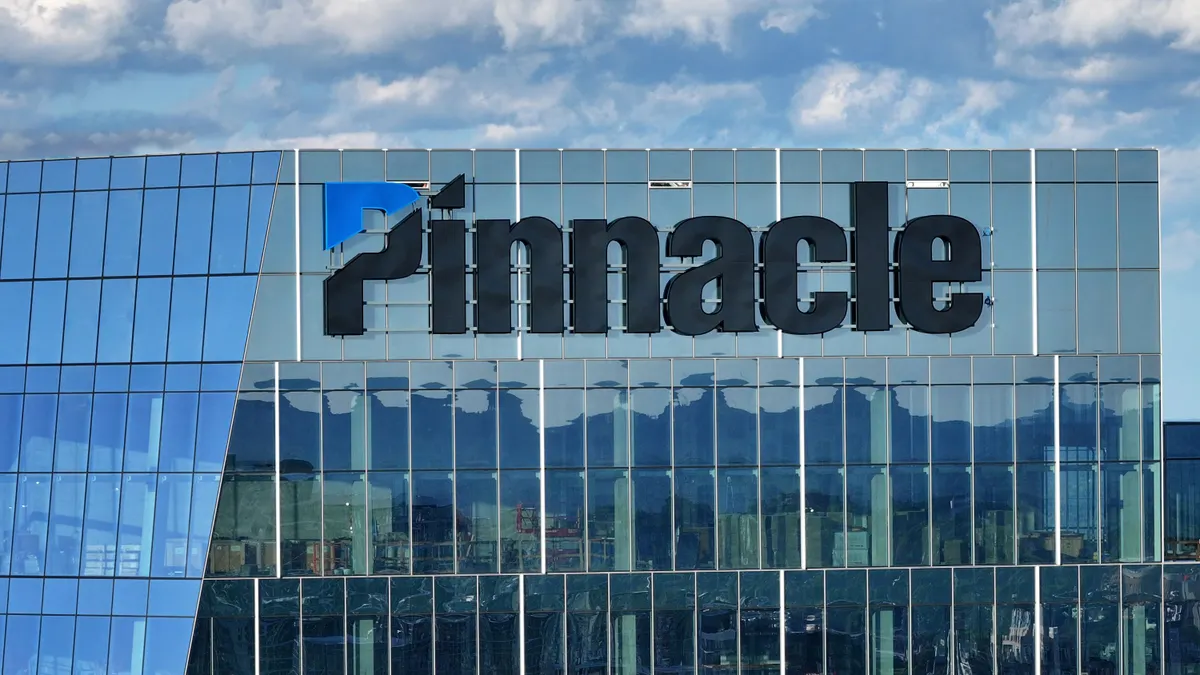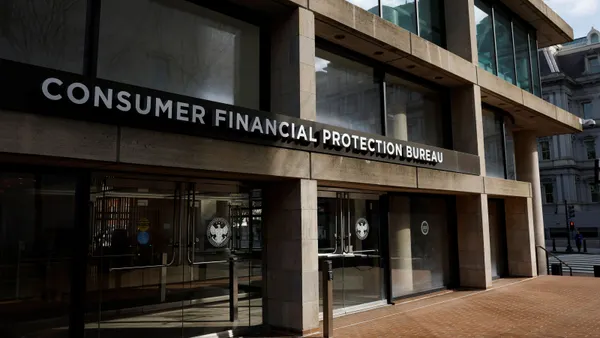In the fast-changing world of financial services, stablecoins have moved from being a niche part of cryptocurrency to an essential component of modern payment systems. By September 2025, their total market value reached a new peak of $294 billion, thanks to clearer regulations in the GENIUS Act and increased institutional acceptance. This milestone is more than just crypto news—it's a clear sign that traditional banks need to recognize: stablecoins are now a tested, practical link between existing financial systems and digital innovations.
The GENIUS Act, which was signed into law on July 18, 2025, establishes a federal system for "payment stablecoins." The act requires backed reserves and stricter oversight, shifting away from state-level rules to lower risks and boost opportunities. International efforts like Hong Kong's Stablecoin Ordinance and Australia's stablecoin exemption demonstrate a maturing market that protects consumers and promotes banking involvement without regulatory fears.
From a banking perspective, stablecoins provide tangible efficiencies that address long-standing issues. Cross-border payments, which can take days and cost up to 7% in fees under traditional systems, can now be settled within minutes for just a few cents using stablecoins on networks like Ethereum or Solana. A recent EY-Parthenon survey emphasizes this benefit: 54% of financial institutions not yet using stablecoins plan to adopt them within the next six to 12 months, motivated by cost savings and quicker processing. Nearly half (49%) of surveyed institutions already utilize them for payments, according to Fireblocks' 2025 report. Leading players like Tether (USDT) and Circle's USDC dominate the market with over 80% share, but new entrants like PayPal's PYUSD are gaining popularity among retail users.
Banks are actively participating in this transformation, rather than merely observing. JPMorgan's Onyx platform, for example, has adopted stablecoin settlements for wholesale trade, reducing counterparty risks. Since 2024, European banks under the EU's MiCA rules have been tokenizing deposits to compete with stablecoins that yield around 4-5%, backed by Treasury reserves. This aligns with McKinsey's forecast of a major shift in payments by year's end, with stablecoins potentially capturing 10-15% of large cross-border transactions. Opportunities for community banks include forming partnerships, such as issuing white-labeled stablecoins or using them for instant remittances, which could help prevent deposit loss to fintechs.
However, this revolution carries risks. Stablecoins' peg to fiat currencies relies on strong reserves, but history—from TerraUSD's 2022 collapse to smaller depeggings in volatile markets—shows vulnerabilities. The International Monetary Fund warns that rapid growth could lead to increased dollarization in emerging economies, potentially disrupting local monetary policies. Closer to home, a significant shift of deposits to yield-bearing stablecoins could restrict bank funding, possibly raising borrowing costs for governments and households by 0.5-1 basis points if 10% of deposits move. Fire sales of reserves during stress could impact Treasury markets, as noted by the Bank for International Settlements. Compliance challenges also loom large: anti-money laundering scrutiny intensifies with every blockchain transaction.
McKinsey's analysis indicates that the next few years will be crucial for the development and adoption of stablecoins. By adopting them—through tokenized deposits or hybrid ledgers—banks could lead to a stronger financial system. The GENIUS Act emphasizes interoperability with FedNow and other systems, promoting collaboration over competition. As stablecoins become part of the global infrastructure, banks must regulate, innovate and build trust, which remains the true foundation of finance.
***
Author Bio: Sean Ristau is a seasoned capital markets executive with 25+ years' experience, specializing in financial technology, blockchain, and digital assets since 2013. An early investor in digital asset companies, he is Vice President of Digital Assets at InvestiFi, leading digital asset solutions for banking and credit unions, enabling cryptocurrency integration. He is also an advisor, podcast host, and partner at Block Fuel. He was Chairman of the Digital Currencies & Blockchain Group at FIX Protocol League. His past positions include roles at Figure, Prime Trust, BCause, Raptor Trading, Greenline, TT, SunGard, Future Dynamics, Equitec, and CBOE–with work in business development, technology, and operations across wealth management, derivatives, and digital assets. A recognized thought leader, he has spoken at over 30 events on blockchain and digital assets.










